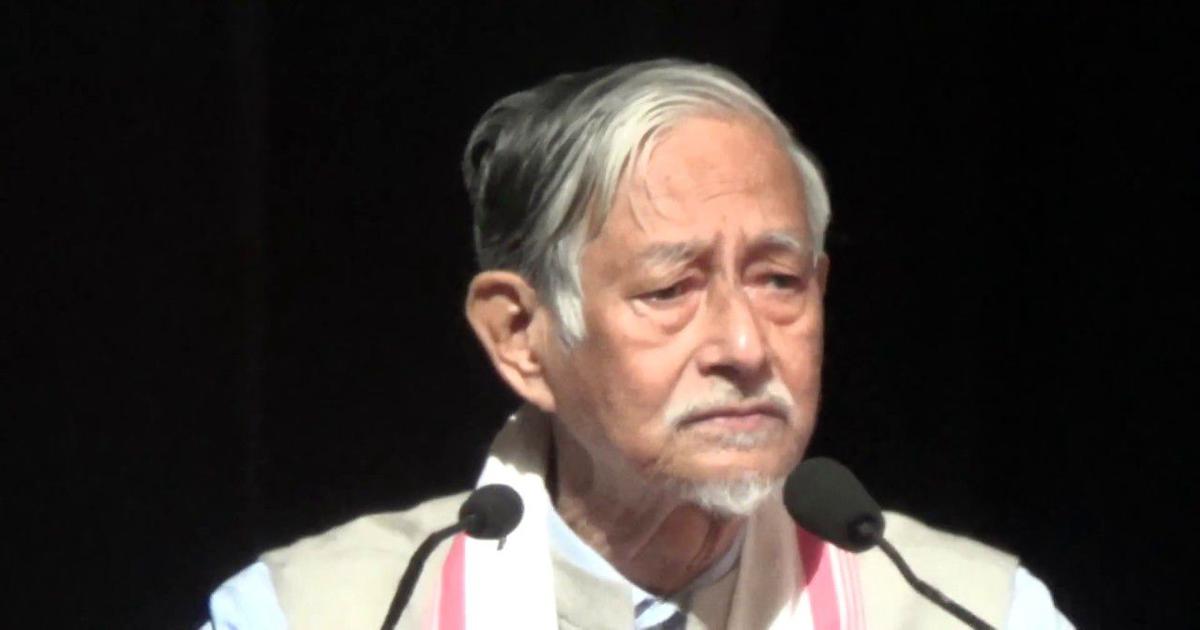
Hiren Gohain
While there is little doubt that their Lordships at the Supreme Court applied their minds to untangling one of the knottiest problems to face the Indian judiciary, this correspondent is one among the many who are not happy with the verdict. Their Lordships seem to have rested their crucial award in the title-suit on one point: while there is evidence that Hindus have been worshipping a presence of Ram in the inner courtyard from behind a railing, there is no evidence that Muslims had worshipped there during three centuries after its construction.
This assumption is puzzling. Having followed the trial in print and online I have never come across any member of the bench sitting on the issue, asking the Muslim plaintiffs to provide evidence with regards to this. Hence, the Muslim plaintiffs had no reason to do so or they too would have been ready with their evidence and witnesses.
Their Lordships seem to assume that after Mir Baqi built this mosque, he just abandoned it and it lay uncared for until presumably Muslims, just for the ‘heck of it’ challenged the Hindus’ right to pray there in the 19th century.This is an extraordinary assumption.
The Hindu side has relied on testimony of the people who now claim to have seen during their childhood people praying from behind a railing which prevented their entry into the interior of the mosque. A colonial gazetteer also apparently mentions a railing being put up at some distance from the interior in order to prevent any trespassing of Hindu worshippers into the mosque. A foreign traveller in the 18th century also mentions having seen Hindus worshipping there. Obviously because Hindus praying in a mosque,though not inside it, was a curiosity.
Their lordships have decided not to speculate on matters about which history is silent. But history’s silence on namaz being offered in a mosque is hardly a mystery. Things that are too obvious are not mentioned – like powerful emperors washing and dining. Silence on namaz at Babri masjid is most likely just one more of such obvious things.
A last caveat. Why was a railing put up to prevent the trespassing of Hindu worshippers? If the mosque was abandoned and never used by Muslims, there was no needs for such a barrier.